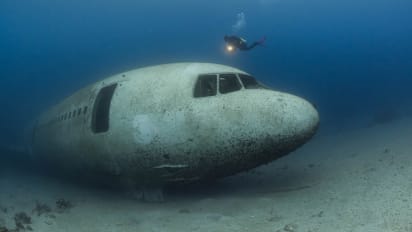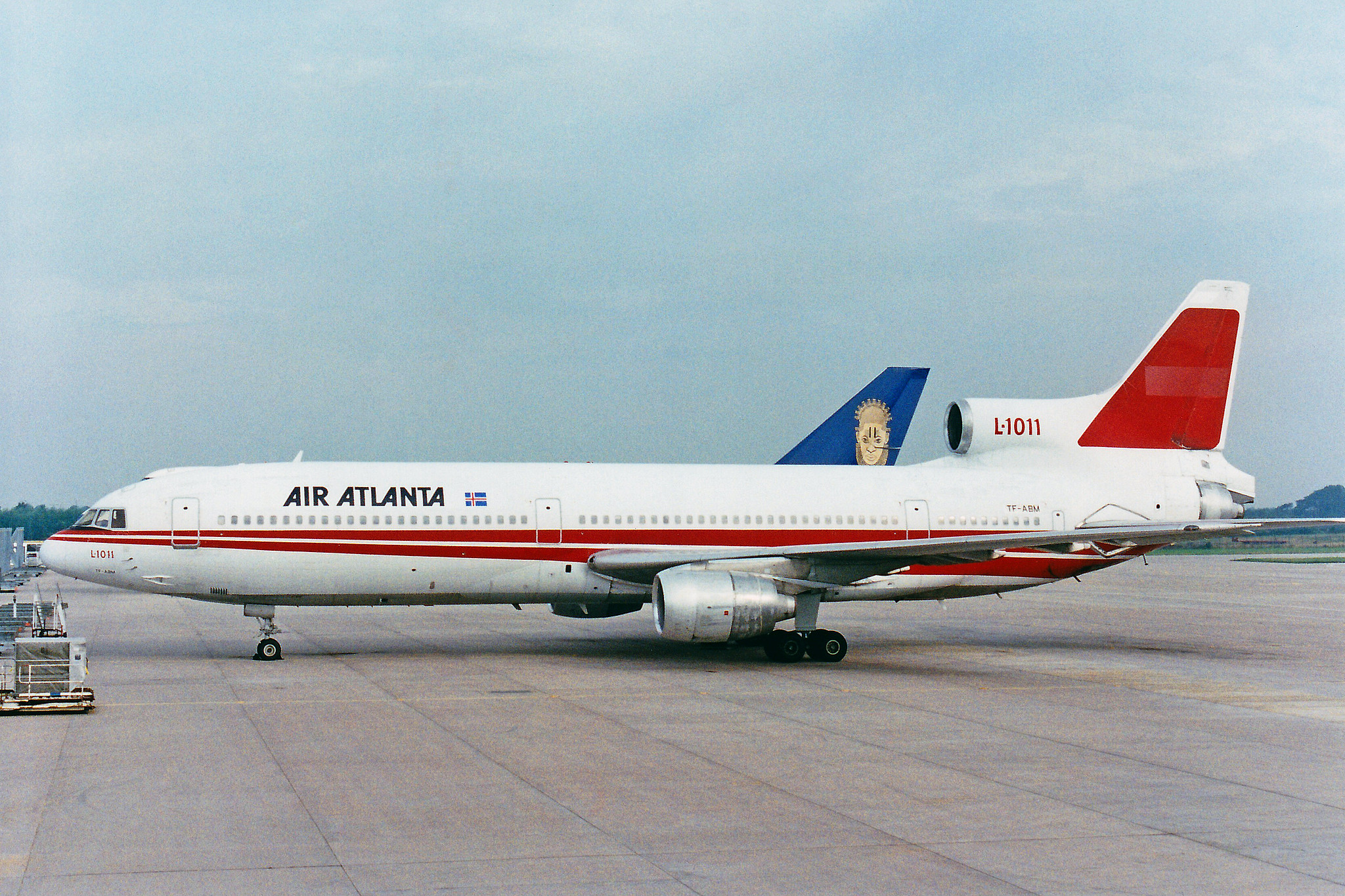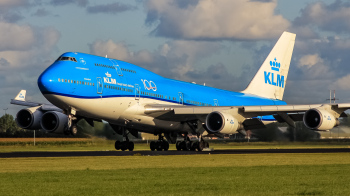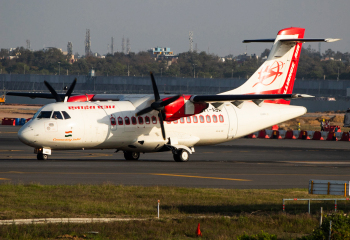The Lockheed L-1011, also known as the TriStar, was a wide-body jetliner that was developed and produced by the American aerospace company Lockheed Corporation. The aircraft was designed to be a medium to long-range passenger jet, with a seating capacity of up to 400 passengers. It was intended to compete with the Boeing 747 and the McDonnell Douglas DC-10, and was the first new airliner design to be produced by Lockheed in over 20 years.
The development of the L-1011 began in the mid-1960s, as a response to the growing demand for long-range air travel. Lockheed saw an opportunity to enter the market with a new design that would be more fuel efficient and have a lower operating cost than its competitors. The company invested heavily in the development of the aircraft, with a budget of over $2 billion.
The L-1011 made its first flight on November 16, 1970, and was officially introduced to the market in 1972. It was praised for its advanced technology and fuel efficiency, and was popular with both passengers and airline companies. The aircraft was used by many major airlines around the world, including Delta Air Lines, British Airways, and Japan Airlines.

Despite its initial success, the L-1011 faced a number of challenges that ultimately contributed to its downfall. One of the main issues was the high cost of production, which made it difficult for Lockheed to compete with its rivals. The company was also struggling financially at the time, and was unable to invest in the marketing and promotion of the L-1011 as much as its competitors did.
Another factor that contributed to the L-1011's decline was the emergence of new technologies and designs in the aviation industry. The advent of the Boeing 747 and the Airbus A300, which were larger and more efficient than the L-1011, made it difficult for the aircraft to remain competitive. Additionally, the deregulation of the airline industry in the late 1970s made it easier for smaller, low-cost carriers to enter the market, further eroding the L-1011's market share.

Despite these challenges, the L-1011 continued to be produced until 1984, when Lockheed decided to end production due to low demand. By this time, the company had only produced 250 L-1011s, a far lower number than its competitors. The L-1011 was eventually replaced by newer models, such as the Airbus A320 and the Boeing 777, which offered even greater efficiency and capacity.
Today, the L-1011 is remembered as a technologically advanced and innovative aircraft that was ahead of its time. However, its high cost of production and the emergence of newer models ultimately led to its demise. Despite its short-lived success, the L-1011 remains an important part of aviation history, and is still revered by aviation enthusiasts and historians.







Comments